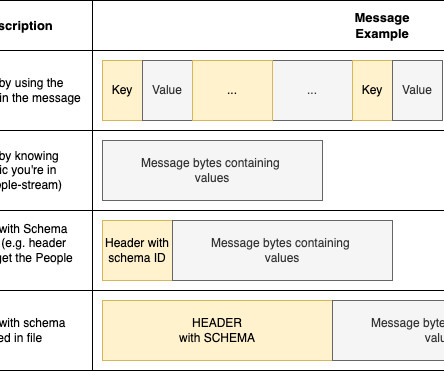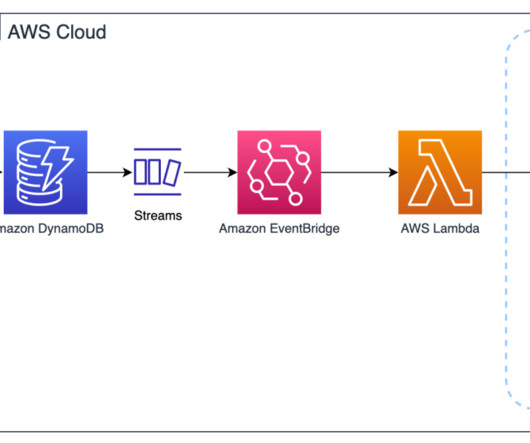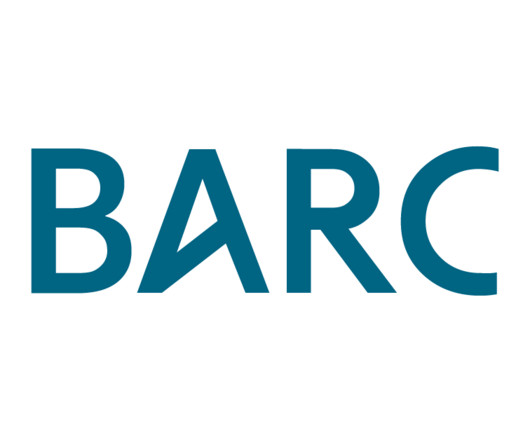Recap of Amazon Redshift key product announcements in 2024
AWS Big Data
DECEMBER 17, 2024
Today, Amazon Redshift is used by customers across all industries for a variety of use cases, including data warehouse migration and modernization, near real-time analytics, self-service analytics, data lake analytics, machine learning (ML), and data monetization.





























Let's personalize your content